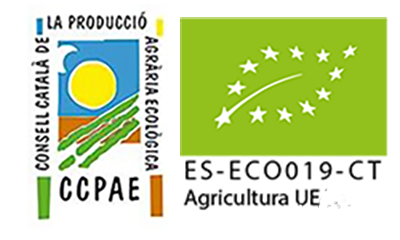It is a high quality chickpea of small size, with a thin skin and a soft and buttery texture. It does not melt and is ideal for dishes where the chickpea is the main ingredient and it has to make a good paper.
What nutritionists say
Chickpeas are high in protein, making them a good substitute for meat.
They also contain fiber, vitamins, minerals, antioxidants, proteins, and carbohydrates, all of which are beneficial for a healthy diet.
Chickpeas in the kitchen
The most traditional cuisine, the cuisine of stews or soups with legumes, offers very tasty chickpea dishes. They are fantastic for humus or falafel, sensational in salads with onions and smoked salmon. And for the lunchbox, a chickpea stew with a sauce of onion and tomato and a few cubes of fresh tuna, a healthy and tasty meal that perfectly withstand the passage through the microwave, too.
Product from organic farming.
| Nutrition Information per 100 g: | |
| Energy | 1426 kJ / 341 kcal |
| Total fat | 5,5 g |
| Saturated fat | 0,5 g |
| Carbohydrate | 52 g |
| Sugar | 8,5 g |
| Protein | 21 g |
Allergens
May contain traces of cereals with gluten, of mustard and nuts.
- 24 hours, adding two tablespoons well filled with salt.
- 12 hours, adding a tablespoon well filled with baking soda.
Then flush them out. Put water (also soft) on the fire with a split onion and two bay leaves. Pour the chickpeas into the boiling water. Cook for a minimum of 90 minutes on a low heat without stopping to boil. If necessary add water, always boiling. Add salt at the end of cooking, when the chickpeas are soft.
Let them cool inside the pot.








